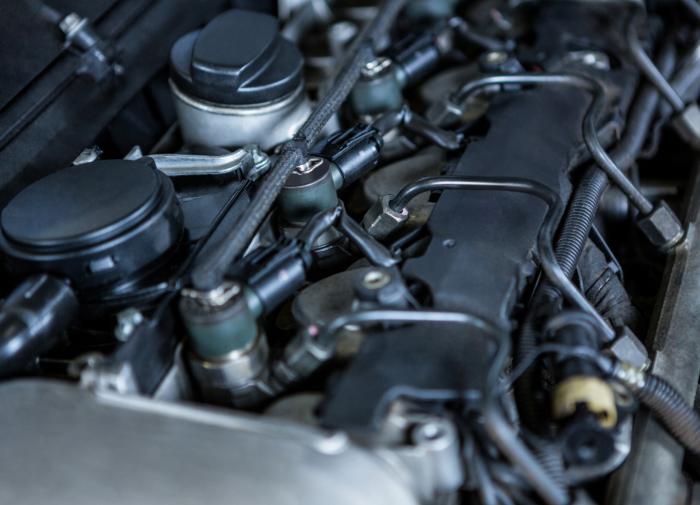The impact of engine washing on the technical condition of the car
2:48
27.08.2024 03:22
Car washers often agree to wash a car engine without a second thought, directing powerful jets of water into the engine compartment to get rid of dirt and oil. However, as a motorist from a specialized car service explained in an interview with the portal njcar.ru, this method of cleaning the engine can be dangerous.

Photo: freepik.com by peoplecreations, PDM
Engine washing has been a long-running debate. Some drivers confidently wash their engines without worrying about the consequences, while others warn of potential troubles. So is it worth giving your engine a “bath day”?
After all, water can penetrate into the spark plug wells through the ignition coil seals, which can lead to damage to the spark plugs and disruption of the ignition system.
To avoid problems when washing the engine, it is important to be careful. After the engine is washed, it is recommended to remove the ignition coils and dry them thoroughly – you can use a compressor or just a dry cloth. This is a simple and quick process. Sometimes after washing, an indicator on the dashboard may light up, signaling problems with charging.
In this case, it is enough to leave the car for 30 minutes so that the excess water drains and the system returns to normal operation. It is best to wash the engine while it is still warm: this way the moisture will evaporate faster, which will reduce the risk of problems.
To minimize the risks when washing the engine, it is worth taking several measures. Firstly, it is recommended to wrap the generator with film or a bag to prevent water from getting into sensitive areas. Secondly, using compressed air will remove excess water and prevent corrosion.
Automotive wiring is the most important element of the car. If it is damaged or secured with electrical tape and scotch tape, do not blame the car wash for the corrosion of the wires. Factory braiding, terminals, connectors and sockets, with proper care and the use of seals, can withstand the effects of dirt, moisture and dust.
It is important to ensure that the cleaner does not bring the gun with a powerful jet too close to the wiring, so as not to damage it.
There is also no need to worry about the “brains” of the car and the relay – they are protected by sealed housings and are designed for contact with water, taking into account possible negative consequences. The battery is also not afraid of water: its terminals are located at a sufficient distance from each other, and even if water gets on them, this will not lead to a short circuit.
The main thing is to avoid directing powerful jets of water at the wires.
Source link
https://muslimprofessionalsgh.org